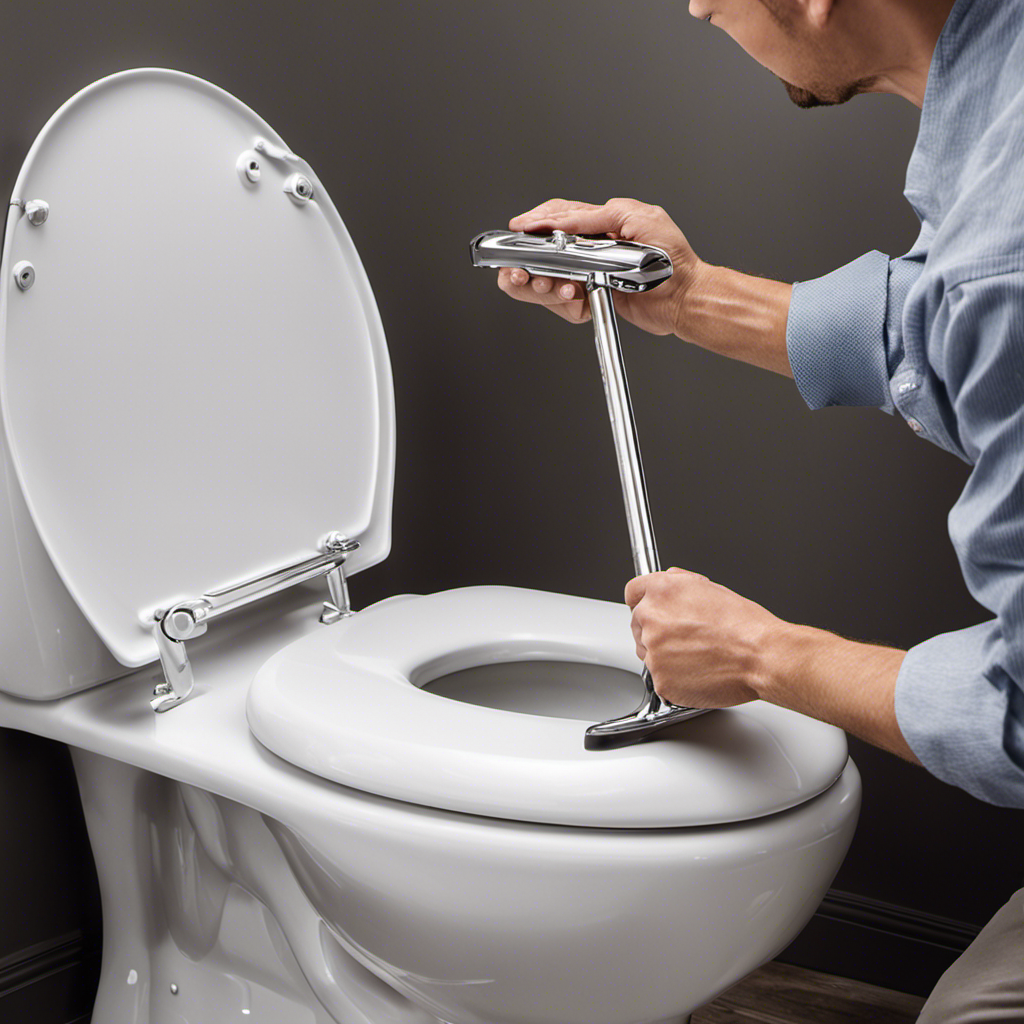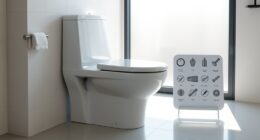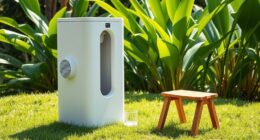In our quest for cleanliness and convenience, we often rely on products that promise ease of use. But are Equate Flushable Wipes actually flushable? This article aims to delve into the truth behind the claims, examining the composition of these wipes and weighing the alternatives.
We will explore the impact on sewage systems and infrastructure, as well as the long-term environmental consequences. Join us as we debunk the flushability myth and uncover the realities of this widely-used product.
Key Takeaways
- Flushable wipes are not actually flushable and contribute to clogs in sewer systems.
- The presence of flushable wipes in water bodies can harm marine life and affect the quality of drinking water.
- Consumer awareness and education campaigns are needed to raise awareness about the negative impact of flushable wipes and promote sustainable alternatives.
- Upgrading sewer systems to handle flushable wipes would require significant investments and municipalities face increased maintenance costs due to clogs caused by these wipes.
The Flushability Myth: Debunking the Claims
We will debunk the claims surrounding the flushability myth of Equate flushable wipes.
Consumer misconceptions often arise when it comes to the flushability of these wipes. Many consumers believe that because they’re labeled as ‘flushable,’ they can be safely disposed of in the toilet without causing any issues.

However, it’s important to understand the regulatory standards that govern what can be considered flushable. The truth is that these wipes may be able to pass through the toilet bowl, but they can cause significant problems further down the sewage system.
Regulatory standards require products labeled as flushable to break down quickly and completely in order to prevent clogs and sewer backups. Unfortunately, Equate flushable wipes don’t meet these standards, leading to potential blockages and environmental damage.
Understanding the Composition of Equate Flushable Wipes
An examination of the composition of Equate flushable wipes reveals important insights into their potential flushability. To better understand the flushability of these wipes, let’s take a closer look at their ingredients.
| Ingredients | Function |
|---|---|
| Water | Moistening |
| Propylene Glycol | Solvent |
| Sodium Benzoate | Preservative |
| Sodium Citrate | pH regulator |
| Aloe Barbadensis Leaf Extract | Soothing agent |
These ingredients are commonly found in personal care products and are generally safe for flushing. However, it is important to note that flushability testing and consumer usage patterns also play a crucial role in determining the actual flushability of these wipes. While Equate flushable wipes may contain ingredients that are suitable for flushing, it is still advisable to follow proper disposal guidelines to prevent any potential issues with clogged pipes or sewer systems.
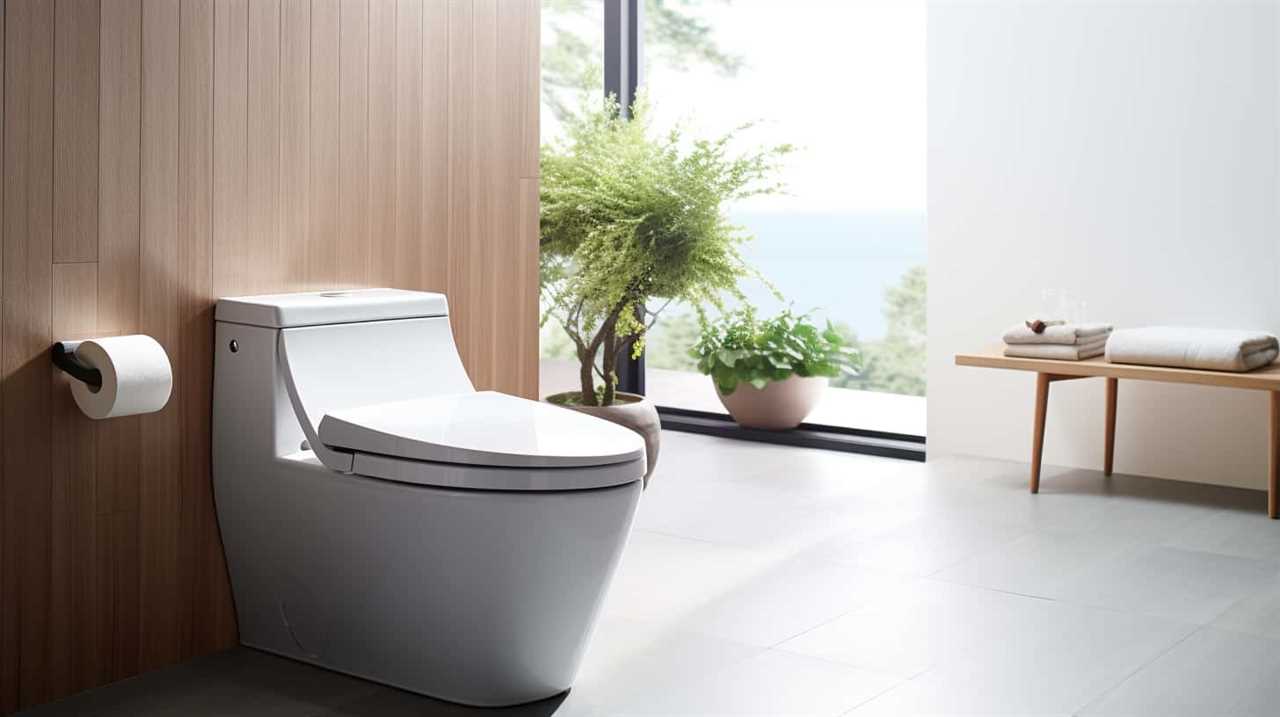
Flushing Vs. Disposal: Weighing the Alternatives
To properly assess the flushability of Equate flushable wipes, it’s crucial to consider the pros and cons of flushing them versus disposing of them in an appropriate manner.
When it comes to disposable options, flushing the wipes may seem convenient, but it raises concerns about the impact on our plumbing systems and the environment. While Equate flushable wipes are designed to break down in water, there’s evidence to suggest that they can still contribute to clogs in pipes and sewage systems.
On the other hand, disposing of the wipes in a trash bin or a designated disposal container ensures that they aren’t causing any harm to the plumbing infrastructure. Additionally, proper disposal allows for the separation of non-biodegradable materials, promoting environmental sustainability.
Therefore, weighing these alternatives is essential in making an informed decision regarding the flushability of Equate wipes.
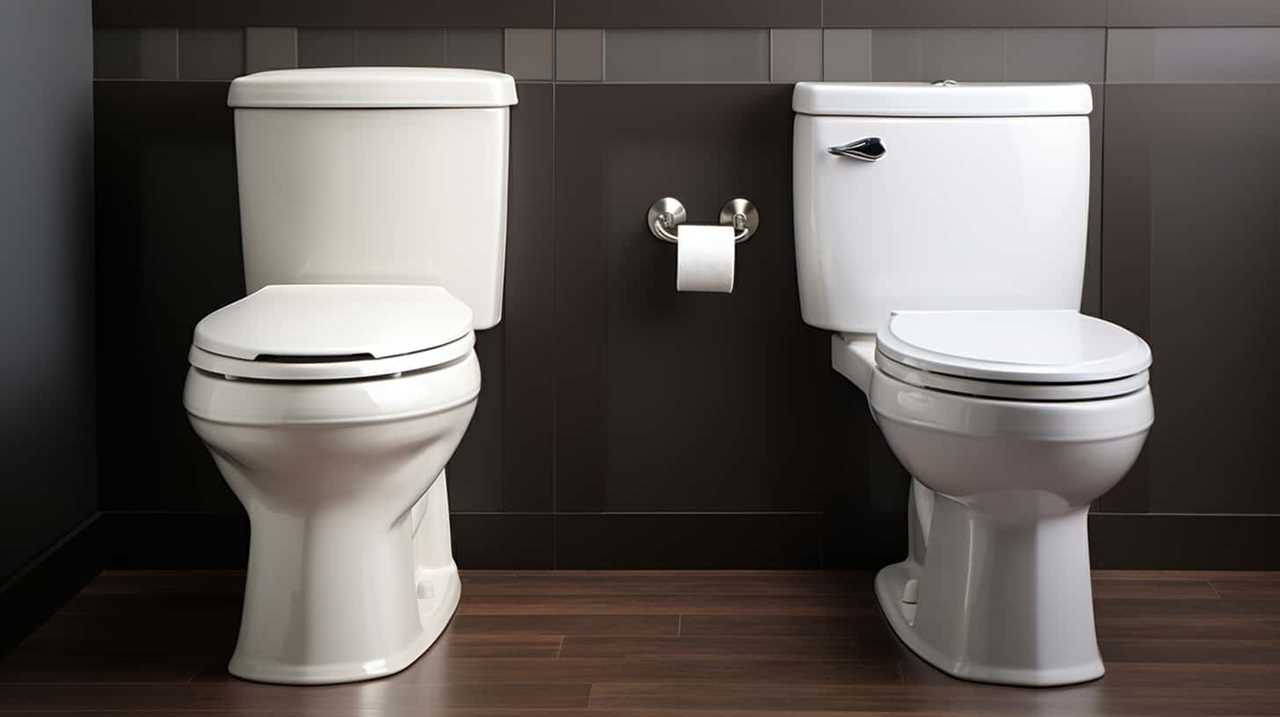
The Impact on Sewage Systems and Infrastructure
When considering the flushability of Equate flushable wipes, it’s crucial to examine their impact on sewage systems and infrastructure. One major concern is the potential for sewage system overload. Flushable wipes don’t break down as easily as toilet paper, causing them to accumulate in pipes and clog the system. This can lead to costly repairs and maintenance for municipalities and homeowners.
Additionally, the increased use of flushable wipes contributes to the overall cost of maintenance for sewage systems. The wipes can get caught in pumps and filters, requiring frequent cleaning and replacement, which adds to the financial burden.
It’s important to address these issues to ensure the proper functioning of sewage systems and avoid unnecessary expenses.
Environmental Concerns: The Long-term Consequences
As we delve into the environmental concerns surrounding Equate flushable wipes, it becomes evident that their long-term consequences can have a lasting impact on ecosystems. Here are some key points to consider:

- Consumer awareness: It’s crucial to educate the public about the environmental impact of flushable wipes. Many people may not realize that these wipes don’t break down like toilet paper, leading to clogged sewage systems and increased water pollution.
- Sustainable alternatives: Exploring eco-friendly options for personal hygiene is essential. Switching to biodegradable wipes or using reusable cloth wipes can significantly reduce the environmental harm caused by disposable wipes.
- The accumulation of non-biodegradable wipes in water bodies can harm aquatic life and disrupt fragile ecosystems. This can have far-reaching consequences for biodiversity and the overall health of our planet.
- Proper disposal of flushable wipes is crucial to minimize their impact. Encouraging individuals to dispose of wipes in trash bins instead of flushing them can help prevent clogs and reduce pollution.
It is imperative that we prioritize consumer awareness and sustainable alternatives to mitigate the long-term consequences of using flushable wipes.
Frequently Asked Questions
How Do Equate Flushable Wipes Compare to Other Brands in Terms of Flushability?
When comparing Equate flushable wipes to other brands in terms of flushability, we analyzed their biodegradability and sustainability. Our findings suggest that Equate flushable wipes perform similarly to other brands, meeting industry standards for flushability.
Are There Any Specific Guidelines or Regulations for Labeling a Product as "Flushable"?
There are guidelines for labeling products as ‘flushable’, but there is also debate about the environmental impact of flushable wipes. Let’s explore these guidelines and considerations further to understand the complexities of this issue.
Can Equate Flushable Wipes Be Safely Used in Septic Systems?
Using Equate Flushable Wipes in septic systems can have environmental impacts and may not effectively maintain septic system health. It is important to consider alternative options that are specifically designed for septic systems.
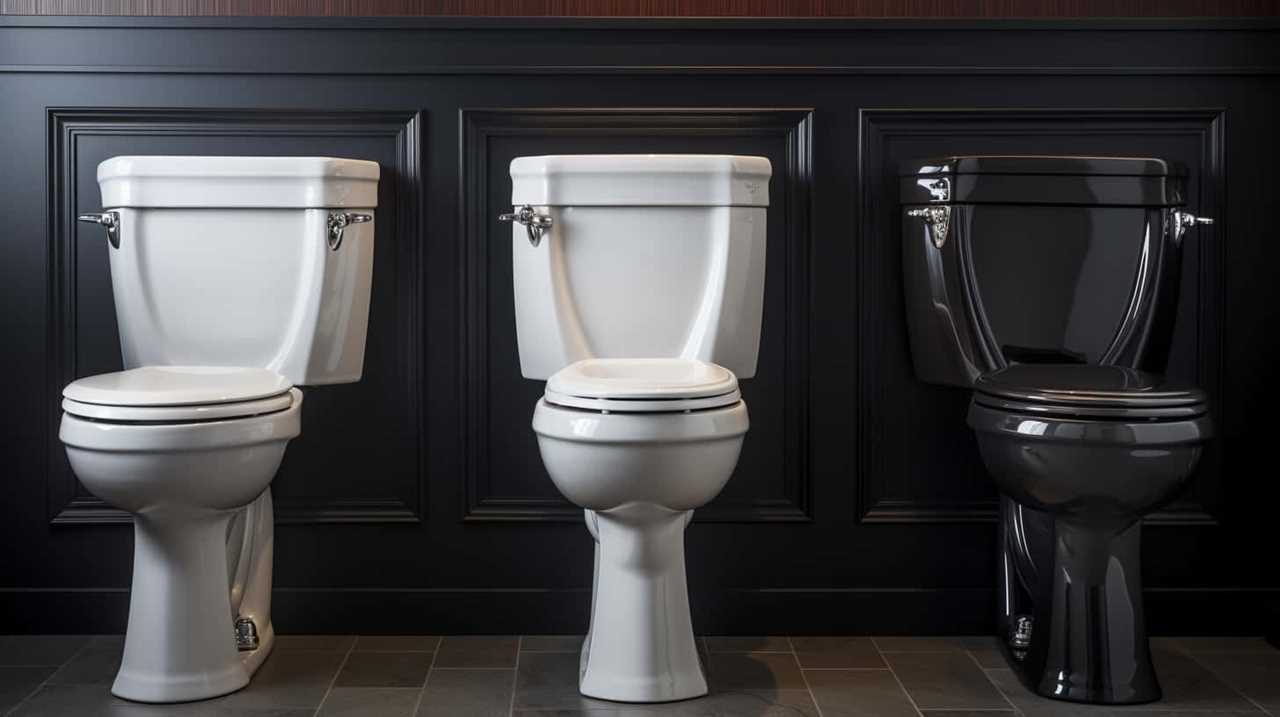
Are There Any Potential Health Risks Associated With Using Equate Flushable Wipes?
There may be potential health concerns associated with using Equate Flushable Wipes. It is important to properly dispose of them to prevent clogging and damage to sewage systems.
Are There Any Alternatives to Using Flushable Wipes That Are More Environmentally Friendly?
There are eco-friendly alternatives to flushable wipes that have a lesser impact on wastewater treatment. These alternatives prioritize environmental sustainability while still providing effective cleaning.
Conclusion
In conclusion, it’s evident that Equate flushable wipes aren’t truly flushable. Despite the claims made by the manufacturer, the composition of these wipes poses a significant risk to sewage systems and the environment.
Flushing them down the toilet may provide convenience, but it comes at a high cost. Like a wolf in sheep’s clothing, these wipes may appear harmless, but they leave a lasting impact on our infrastructure and ecosystem.
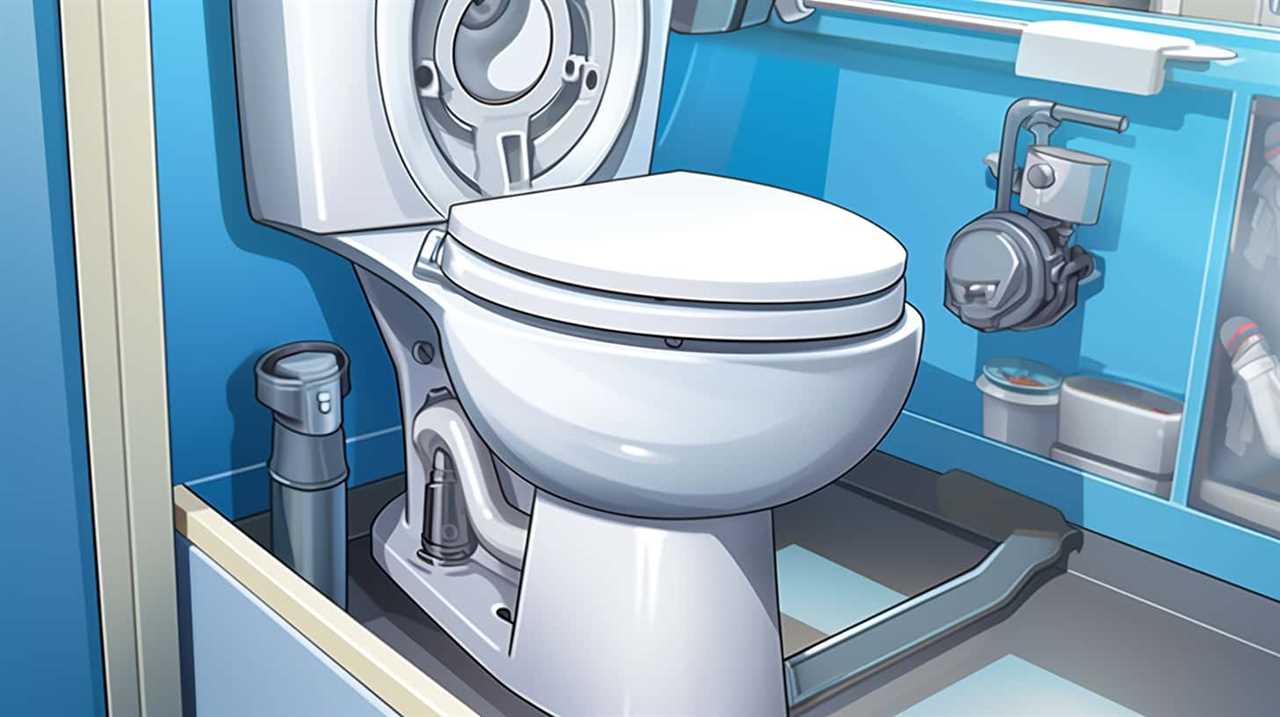
It’s crucial to consider alternative disposal methods to mitigate these detrimental effects.






